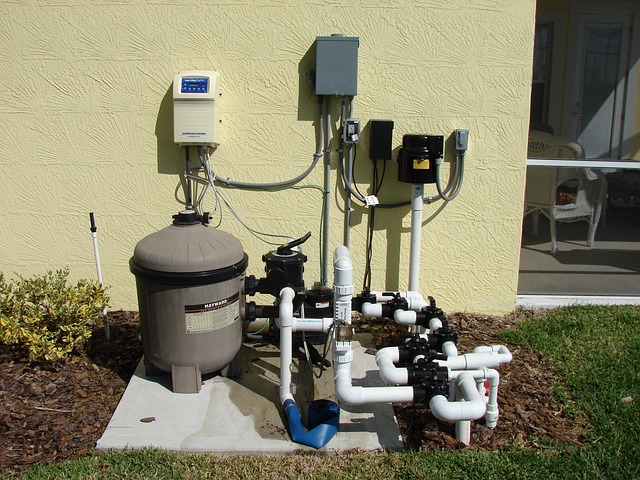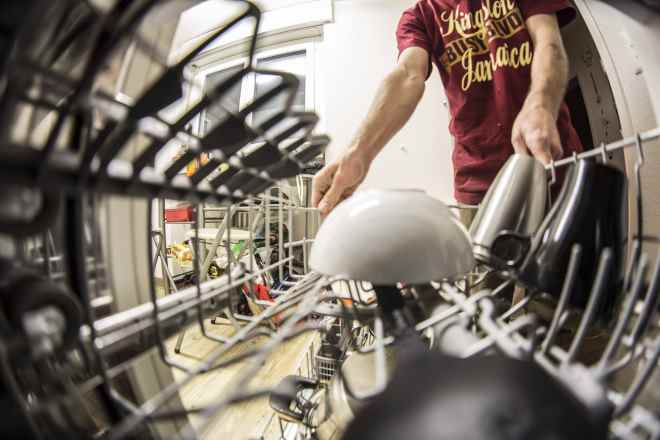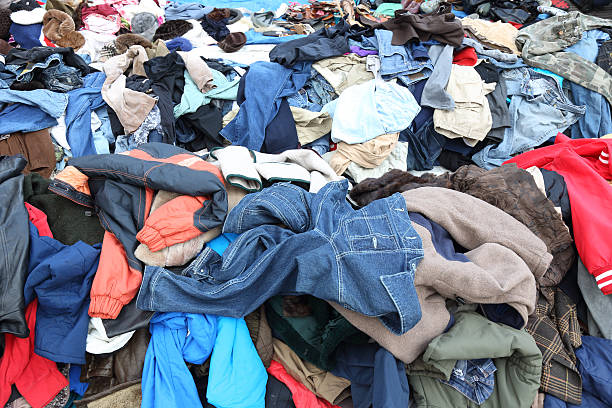Spring Pool Cleaning: Essential Preparations Before the New Season
After months of downtime, both water quality and equipment conditions often shift. The water may appear cloudy, while the filtration system may have accumulated debris. As temperatures rise and families return to the pool, the primary concern is whether the water is safe and ready. Key preparations include debris removal, water testing, chemical balancing, and checking the filtration and pump systems. Completing these steps beforehand prevents potential issues and ensures the pool is clear and safe for the new season.

Practical Adjustment of Cleaning Frequency
As seasons change, so should your pool maintenance schedule. Spring demands specific attention to cleaning frequency that differs from your winter routine. During winter, most pools require minimal maintenance if properly covered and winterized. However, as temperatures rise, cleaning requirements increase significantly.
Begin by establishing a weekly cleaning schedule in early spring, then adjust as needed based on usage and environmental factors. Areas with heavy tree coverage or frequent storms may require twice-weekly cleaning to manage debris accumulation. Monitor water clarity and cleanliness indicators to determine if your current frequency is sufficient. Many pool professionals recommend gradually increasing cleaning from bi-weekly in early spring to weekly or more frequent schedules as summer approaches and pool usage increases.
For pools experiencing heavy pollen exposure during spring, temporary daily skimming may be necessary to prevent filter clogging and water discoloration. Remember that inadequate cleaning frequency often leads to chemical imbalances, requiring more aggressive treatments later in the season.
Comprehensive Pre-Use Inspection
Before regular usage resumes, conducting a thorough inspection of your entire pool system helps identify potential issues that developed during winter dormancy. Start with a visual examination of the pool structure, looking for cracks, loose tiles, or deteriorating grout that could worsen with use.
Equipment inspection is equally important and should include checking pumps, filters, heaters, and automatic cleaners for proper function. Remove any winterization plugs, reconnect equipment that was disconnected for winter, and examine all hoses and connections for cracks or leaks. Run each system component individually to verify operation before fully reactivating your pool.
Pay special attention to safety features such as ladders, rails, diving boards, and pool covers. Ensure all are securely fastened and in good working condition. Electrical components require careful inspection for corrosion, damaged wires, or tripping breakers. When in doubt about electrical systems, consult a professional as these can pose serious safety hazards if compromised.
Document your inspection findings to track recurring issues and plan preventative maintenance for the following season. Many pool owners create a simple checklist that can be reused annually to ensure no critical inspection points are overlooked.
Long-Term Care for Comfort and Durability
Implementing strategic long-term care practices during spring cleaning pays dividends throughout the swimming season and extends your pool’s lifespan. Begin with a complete water chemistry analysis, testing for pH, alkalinity, calcium hardness, cyanuric acid, and sanitizer levels. Spring is an ideal time to drain a portion of your pool water (typically 20-30%) to reduce total dissolved solids that accumulate over time.
Surface care varies by pool type but remains essential for all. Vinyl liners benefit from gentle cleaning to prevent tears, while concrete and fiberglass pools may require more robust stain removal treatments. Address minor surface issues immediately before they develop into major problems requiring expensive repairs.
Consider professional servicing for components that affect long-term durability, such as filtration systems and heaters. Replacing filter media in spring ensures optimal filtration when your pool faces its heaviest usage. Similarly, heater maintenance before the season begins prevents mid-season breakdowns when replacement parts may be in high demand.
For ongoing care, establish a maintenance calendar that includes quarterly deep cleaning, monthly equipment checks, and weekly water testing. This systematic approach helps distribute maintenance efforts throughout the season rather than concentrating them during spring preparation.
Professional vs. DIY Spring Cleaning
Many pool owners debate whether to handle spring cleaning themselves or hire professionals. Both approaches have merit depending on your specific circumstances, skills, and available time.
Professional pool services offer comprehensive opening packages that typically include cover removal, equipment assembly, chemical balancing, and thorough cleaning. These services provide expertise in detecting potential problems and often include warranties for their work. Professional cleaners also have access to commercial-grade equipment and chemicals that may produce superior results.
DIY spring cleaning offers significant cost savings and allows owners to develop a deeper understanding of their pool systems. Many resources including detailed guides, videos, and community forums are available to support DIY efforts. Home pool owners who clean their own pools often report feeling more confident in handling routine maintenance throughout the season.
| Service | Average Cost | What’s Included | Typical Timeline |
|---|---|---|---|
| Professional Opening Service | $300-$500 | Cover removal, equipment setup, basic cleaning, chemical balancing | 1-2 days |
| Professional Deep Clean | $150-$250 | Vacuuming, wall brushing, skimming, filter cleaning | 3-5 hours |
| Professional Inspection & Repair | $75-$150/hour | System diagnostics, minor repairs, recommendations | 1-2 hours |
| DIY Opening Kit | $75-$150 | Opening chemicals, testing supplies, basic tools | Self-paced |
Prices, rates, or cost estimates mentioned in this article are based on the latest available information but may change over time. Independent research is advised before making financial decisions.
Chemical Balancing and Water Quality
Spring pool preparation requires particular attention to water chemistry, which likely shifted during winter months. Begin with a complete water test measuring pH, total alkalinity, calcium hardness, cyanuric acid, and sanitizer levels. These parameters form the foundation of proper water chemistry and affect everything from equipment longevity to swimmer comfort.
Address chemical imbalances sequentially rather than simultaneously. Start with alkalinity (ideal range: 80-120 ppm), which helps stabilize pH (ideal range: 7.2-7.6). Once these foundational levels are established, adjust calcium hardness (ideal range: 200-400 ppm) to protect surfaces and equipment. Only after these parameters reach appropriate ranges should you shock the pool to establish proper sanitizer levels.
Spring is also an excellent time to consider alternative sanitizing methods if you’ve experienced challenges with traditional chlorine. Salt systems, ozone generators, and mineral purifiers can reduce chemical usage while maintaining water quality. However, each system requires specific maintenance procedures that should be incorporated into your spring preparation routine.
Conclusion
Spring pool cleaning establishes the foundation for a successful swimming season. By implementing practical cleaning frequency adjustments, conducting comprehensive pre-use inspections, and adopting long-term care strategies, pool owners can ensure their pools remain clean, safe, and durable. Whether choosing professional services or DIY approaches, understanding these essential preparations helps maximize enjoyment while minimizing maintenance challenges throughout the season.




